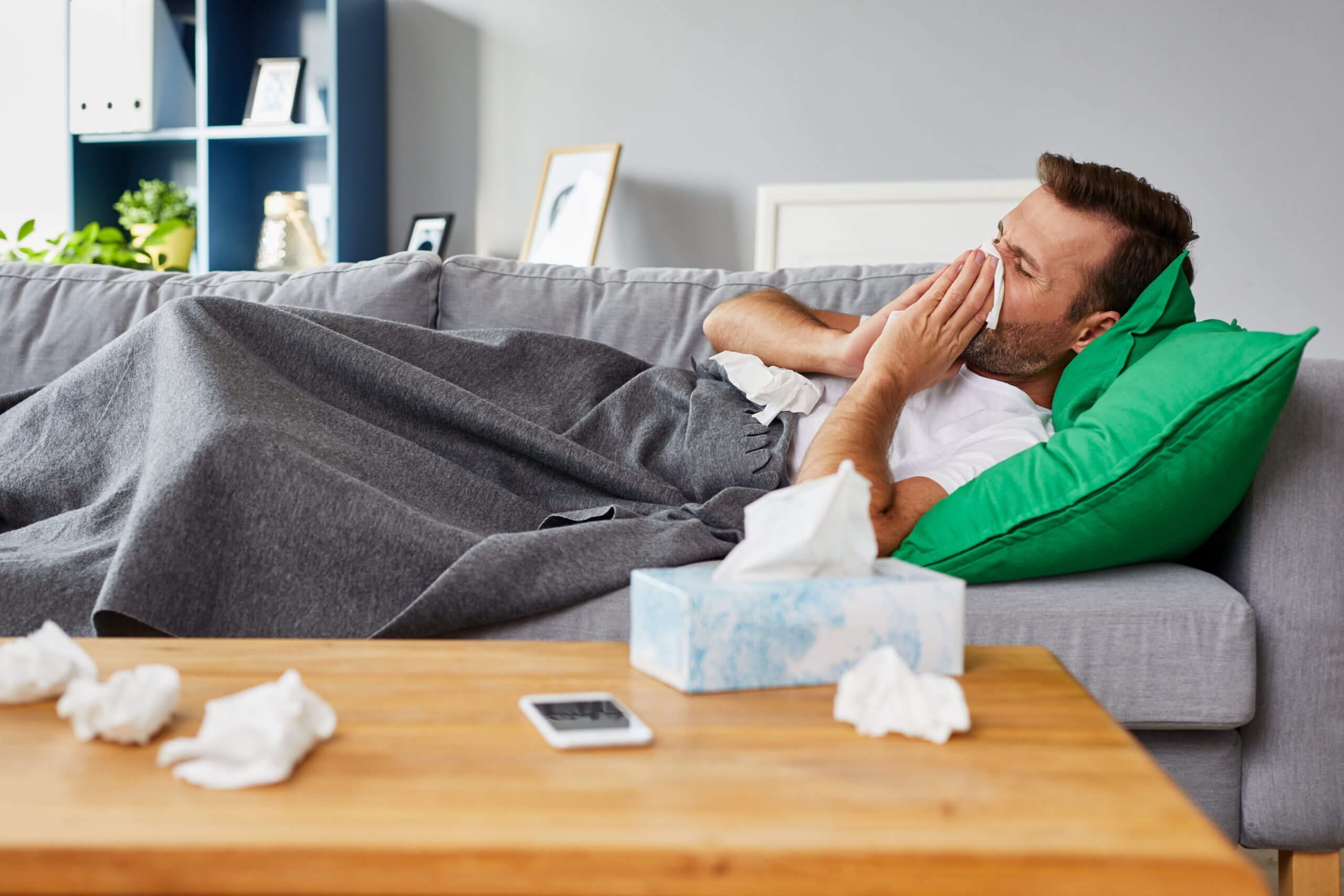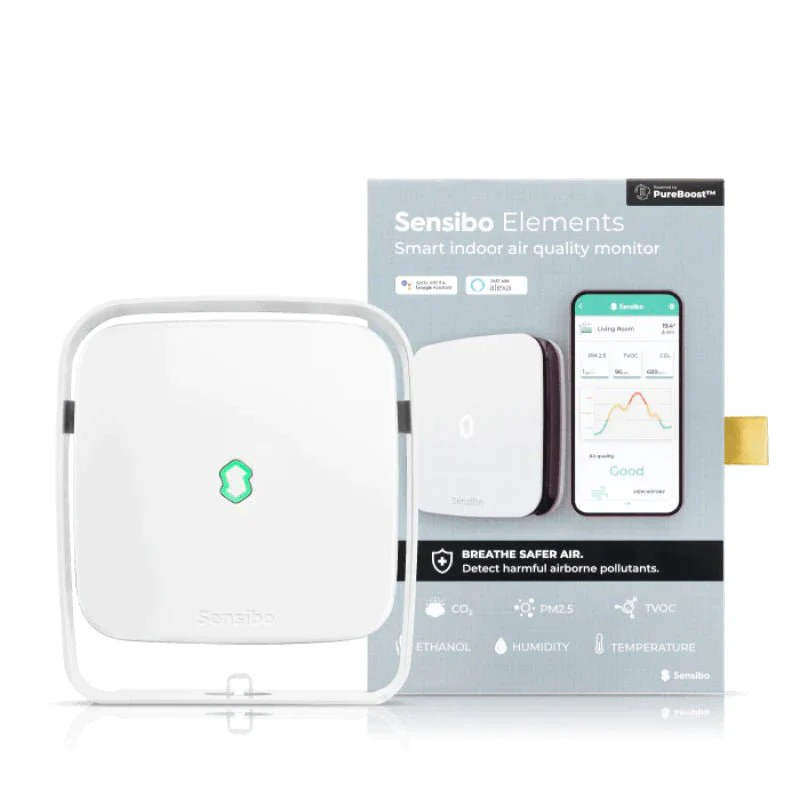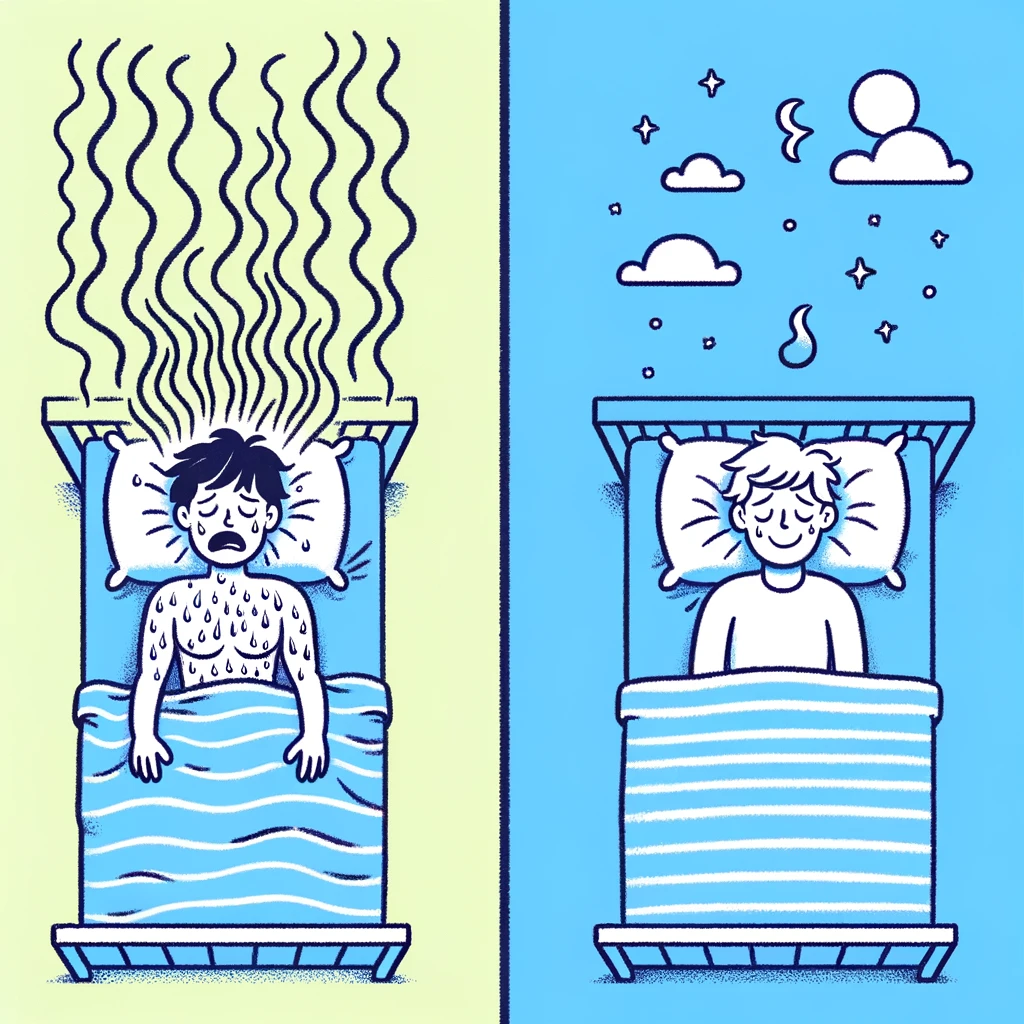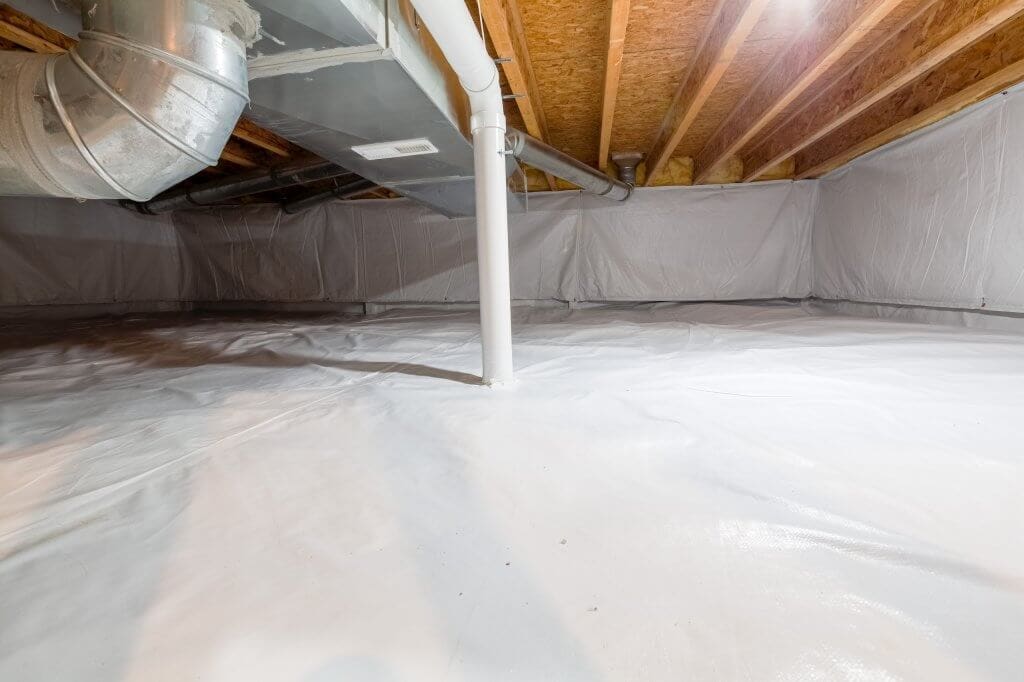Healthy indoor spaces seem to be on everyone’s mind lately. While 2020 generated a greater awareness and concern for viral infections, the risk of germs and potential indoor spread are not new concerns. Common viral infections include the common cold, flu, chickenpox, meningitis and other serious diseases.
The recent focus on germ transmission has made it common knowledge that the risk of spread is worse indoors compared to outdoors. Air outside is constantly changing and moving, while air inside is dependent on factors like the HVAC system or home habits.
Air quality has an important role in either enabling or curbing an infection’s spread. It’s likely you’ve heard about ventilation or filtration’s role in helping reduce infectious spread indoors. It’s also likely you’ve learned less about humidity control, which is equally important. Find out how good indoor humidity levels can create a safer and healthier living space.
How do Viruses Spread Indoors?
Like most germs, viruses spread easily indoors via human transmission. Infection happens easily inside because people are sharing a space and sharing the air in that space. Simple actions like sneezing, coughing, laughing and talking all produce droplets and aerosols that then circulate in the surrounding air. Viral infections spread from person to person either by close contact or by coming into contact with a contaminated surface.
Sadly, indoor spaces make these modes of transmission more likely. Compared to an outdoor setting, the air in a confined space can only travel so far and exchange with fresh air so often on its own. This is part of the reason spaces suffering from poor air circulation help increase spread. It’s also where effective indoor air quality control methods like humidity regulation come into play.
What Indoor Conditions do Viruses Thrive in?
Thanks to the knowledge that viruses and bacteria can spread easily, there are common precautions most of us take when sick. Easy changes like coughing into your elbow, washing hands regularly and disinfecting surfaces all help reduce the spread of germs indoors. But when it comes to improving the air quality and circulation of an indoor space, easy tips and improvements aren’t as defined. And they certainly aren’t common knowledge for most people. So, what exactly can you do with humidity to create a healthier space?
Studies have shown that viruses thrive in cold, dry air. In the winter months and when the temperature is cooler, air naturally becomes drier. In response to freezing temperatures and winter weather, we turn to indoor heat, which creates even drier air. Sadly, spaces that are too damp also make it easier for mold and mildew to grow and for viruses and germs to thrive. Extreme humidity levels, whether high or low, both create environments viruses thrive in.
Scientists continue to research infection trends. Things like, the tendency for back-to-school cold season and why there always seems to be more sickness during the winter season. Key research has shown that changes in temperature and humidity, and our response to dealing with colder drier air impact a virus’ spread. The cold and flu are both considered worse during the winter and recent data suggests cold, dry, unventilated air determines how the flu virus spreads.
While there are still questions about the exact role our built environment plays in illness, a couple things are clear. Intervening and improving indoor air quality can help control infectious spread. Which is why improved IAQ should be a part of your healthy home or building plan.
How Can Indoor Humidity Control Lower Virus Transmission?
Maintaining a living or working space’s indoor relative humidity is one of the most important things you can do to help reduce the possibility of spread indoors. The ideal relative humidity range for an indoor space is between 40 to 60%.Whether a home, office or building, if it is within this ideal humidity range, then the environment helps reduce the spread of viral infections.
Regulated and consistent indoor humidity levels create a space where you’re not breathing in dry air, full of harmful pollutants. Proper indoor humidity levels also keep nasal passageways from drying out. How does that minimize spread? It reduces the possibility of absorbing the virus particles via the nasal passage.
The 40-60% range is common for homes in the warmer months and most temperate climates. But when the weather turns cold, indoor humidity averages can fall as low as 20%. And this is where higher rates of infection become likely.
"We recommend maintaining relative humidity between 40 to 60 percent to maximize the benefits of humidity but not the drawbacks of too much humidity that promote mold growth." https://t.co/uG6ztrnvXT
— syikinyunus (@syikinyunusMD) January 21, 2021
The technical side of lowering virus transmission with humidity control comes down to droplet size. In a space with good humidity levels, a droplet actually grows in size as it absorbs the water in the air. The droplet falls to the ground quickly, lessening the chance of someone else breathing in germ particles. But with dry indoor air, said droplets shrink in size because of evaporation and float through the air longer.
The role humidity control plays in stopping or minimizing virus transmission is clear. But how exactly can you ensure your home remains in the 40-60% sweet spot?
Why Choose Whole-Home Humidity Control?
Indoor moisture levels are not easily noticeable to the naked eye. This is why humidifiers and dehumidifiers are popular among homeowners to maintain good humidity levels and prevent problems.
Whole-home humidification or dehumidification systems are superior to portable units because they automatically measure home humidity levels and respond appropriately. The system will add moisture or remove moisture to keep humidity in the 40-60% range. And, while standalone units can only improve humidity in a single confined space, a whole-home system is actively improving air quality for the entire space.
Whole-home systems install directly into the existing home HVAC system, providing an easy upgrade with minimal maintenance or fret. In addition to lowering the chance of virus transmission inside, humidity control helps maintain your home’s quality. Humidity levels that are too high or too low can cause damage to furniture, walls, floors and the structure of the house.
Healthy Home Upgrades
Humidity control is just one option available to homeowners to create a healthier indoor space. With viral and bacterial transmission a serious and ongoing concern, it’s important to take control of your home’s air quality. You can lower the possibility of virus transmission with humidity regulation in your living space. We can help you find a local IAQ expert and together you can determine the best indoor air quality upgrades for your home.





